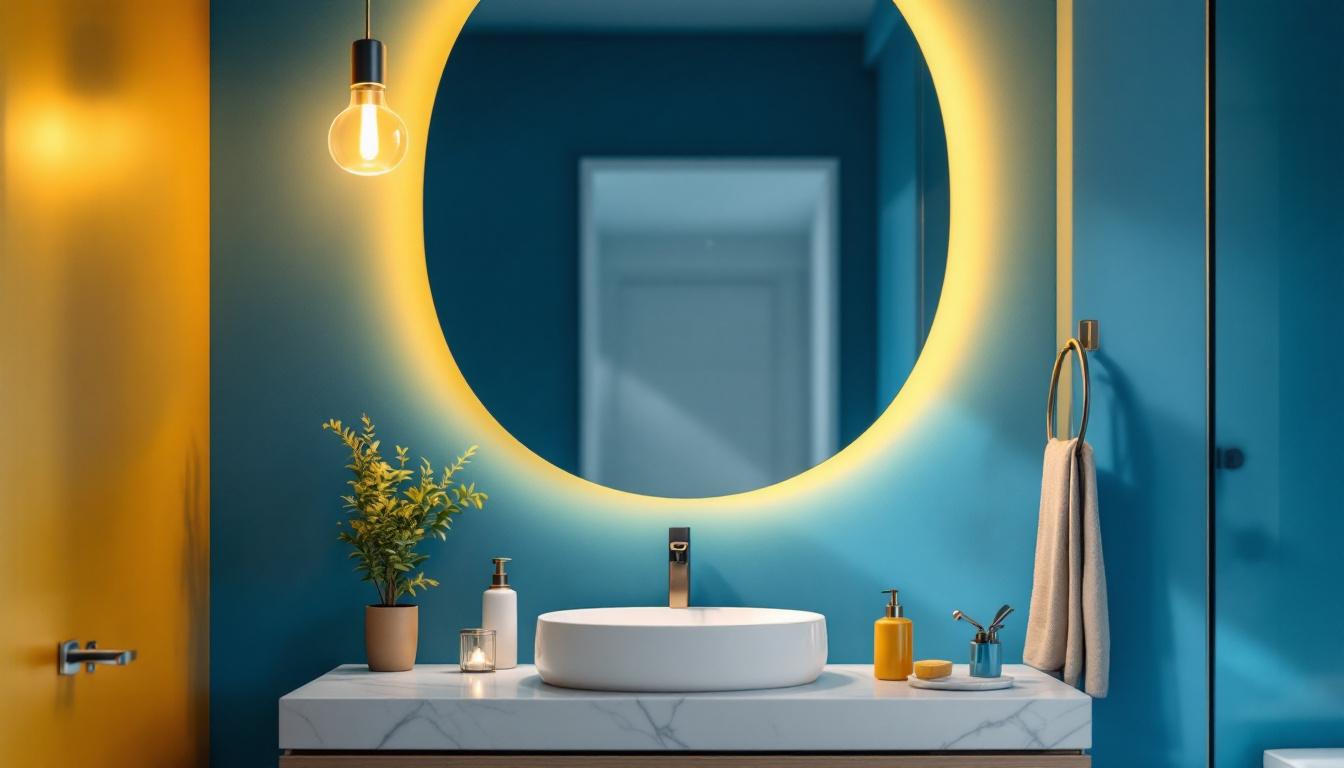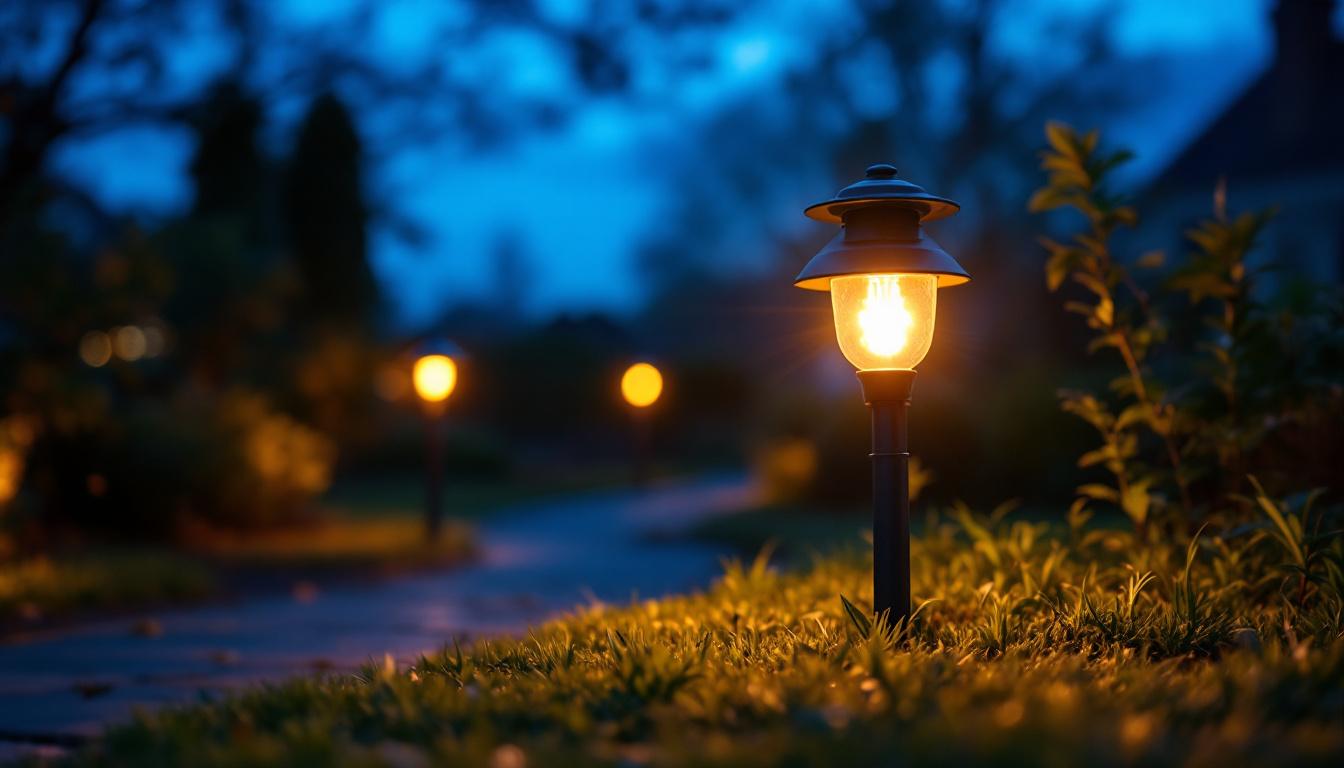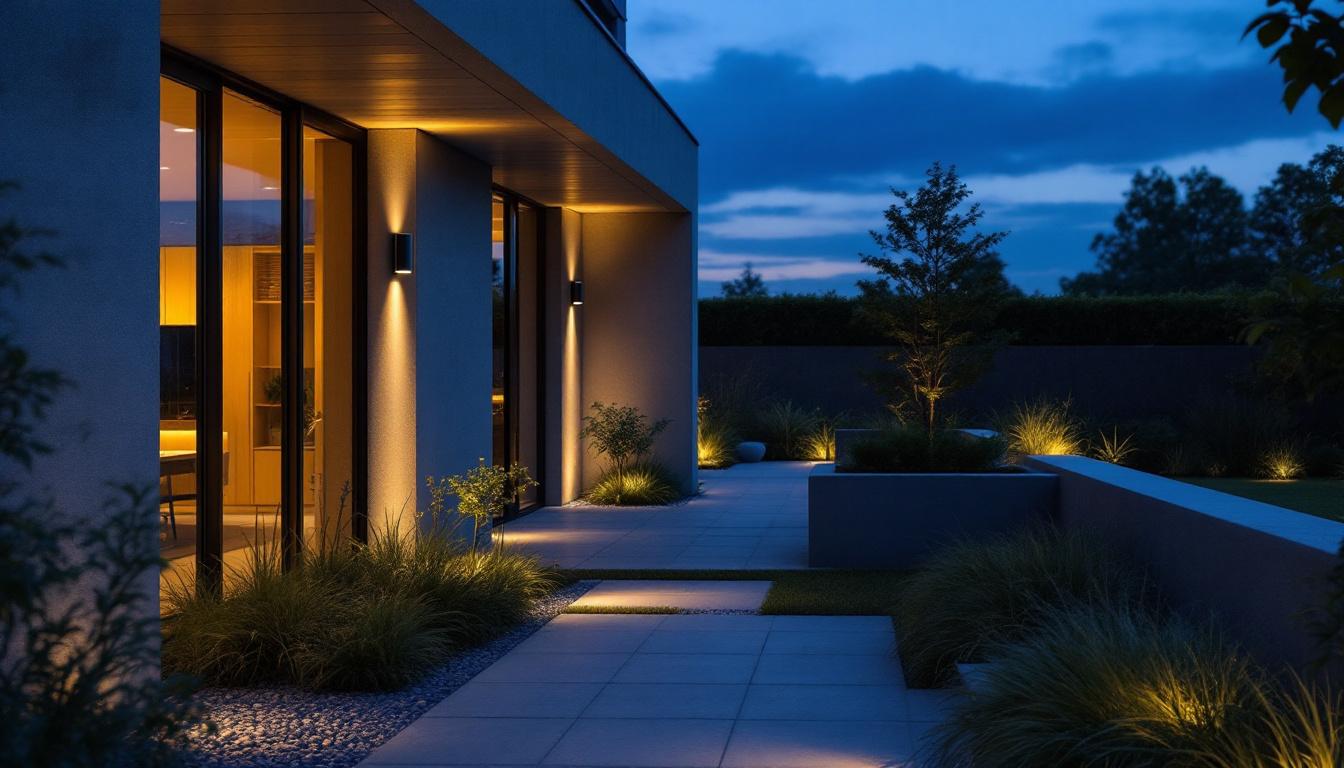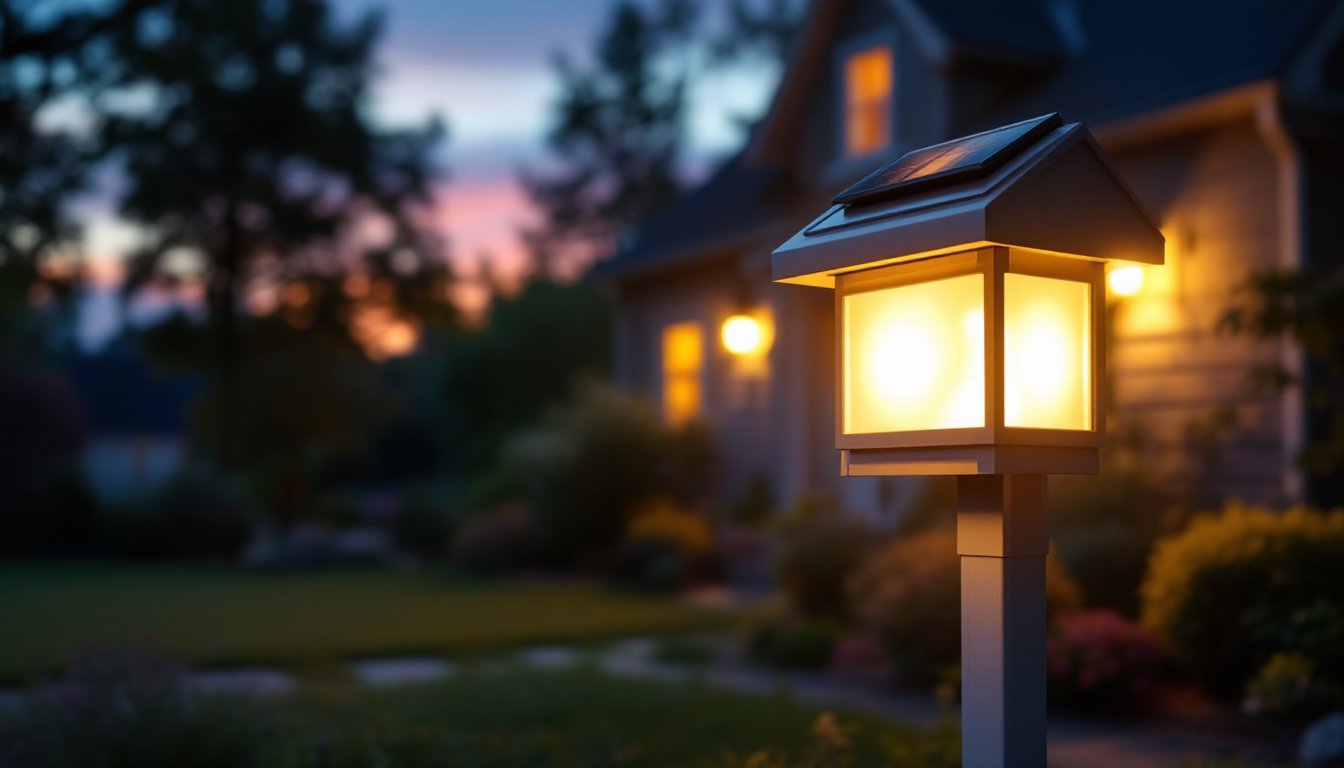
In the world of interior design and home renovation, lighting plays a crucial role in enhancing the aesthetic appeal and functionality of a space. Among various lighting fixtures, the single vanity light holds a unique position, especially in bathrooms. For lighting contractors, understanding the nuances of single vanity lights can lead to successful installations and satisfied clients. This article aims to provide valuable insights and practical advice for lighting contractors working with single vanity lights.
Single vanity lights are typically mounted above or beside mirrors in bathrooms, providing essential illumination for grooming tasks. Their design can range from simple and understated to ornate and decorative, allowing them to complement various bathroom styles. When selecting a single vanity light, contractors must consider not only the aesthetic aspects but also the functional requirements of the space. Proper lighting is crucial for tasks such as shaving, applying makeup, or styling hair, and the right fixture can make all the difference in achieving a well-lit, inviting atmosphere.
Moreover, the placement of single vanity lights plays a significant role in their effectiveness. Ideally, lights should be positioned at eye level to minimize shadows on the face. This is particularly important in smaller bathrooms where space is limited, as the right lighting can create an illusion of depth and openness. Additionally, energy efficiency is becoming increasingly important, with many homeowners opting for LED options that provide bright illumination while consuming less power.
There are several types of single vanity lights available, each offering different styles and functionalities. The most common types include wall-mounted fixtures, pendant lights, and sconces. Wall-mounted fixtures are the most popular choice due to their versatility and ability to provide direct lighting. Pendant lights, while less common in traditional settings, can add a contemporary flair to modern bathrooms. These fixtures often come in various shapes and sizes, allowing for creative expression in design. Sconces, on the other hand, can be used to create ambient lighting or highlight specific areas, such as artwork or decorative tiles, enhancing the overall aesthetic of the space.
In addition to these traditional types, there are also innovative designs that incorporate smart technology. Some vanity lights now come with adjustable brightness and color temperature settings, allowing users to customize their lighting based on the time of day or specific tasks. This adaptability not only enhances functionality but also contributes to energy savings, making them an attractive option for eco-conscious homeowners.
The style of the single vanity light should align with the overall design theme of the bathroom. For instance, a sleek, minimalist fixture may suit a contemporary bathroom, while a vintage-inspired light could enhance a more traditional space. Additionally, the finish of the light fixture—such as chrome, brushed nickel, or oil-rubbed bronze—should coordinate with other bathroom elements, including faucets and cabinet hardware. This attention to detail ensures a cohesive look that ties the entire room together.
Furthermore, it’s essential to consider the scale of the vanity light in relation to the size of the bathroom. A larger fixture can serve as a striking focal point in a spacious master bath, while a more compact design is ideal for smaller powder rooms. Additionally, the color of the light can influence the mood of the space; warmer tones create a cozy, inviting atmosphere, while cooler tones can lend a more refreshing, spa-like feel. Ultimately, the right choice will enhance both the functionality and the beauty of the bathroom, making it a space that feels both luxurious and practical.
Proper installation of single vanity lights is essential for both safety and performance. Lighting contractors must be aware of several key factors during the installation process to ensure optimal results.
One of the most critical aspects of installing a single vanity light is determining the appropriate height and placement. Ideally, the light should be mounted at eye level to minimize shadows on the face when using the mirror. Typically, this means placing the fixture about 65 to 70 inches above the floor. However, adjustments may be necessary based on the height of the users or the specific design of the bathroom. For instance, in a bathroom primarily used by children, it may be beneficial to lower the fixture slightly to accommodate their shorter stature. Additionally, the placement of the light should consider the width of the vanity; a wider vanity may require multiple fixtures or a larger single fixture to ensure even illumination across the entire surface.
Before installation, it is vital to assess the electrical requirements of the single vanity light. Contractors should ensure that the electrical box is rated for the fixture’s wattage and that the wiring complies with local building codes. Additionally, consider using LED bulbs for energy efficiency and longevity. LED bulbs not only consume less energy but also produce less heat, reducing the risk of burns or damage to surrounding materials. Furthermore, it is advisable to install a dimmer switch to allow users to adjust the brightness according to their needs, whether for daily grooming or creating a relaxing ambiance during a bath. This flexibility can enhance the overall functionality of the space, making it more versatile for different activities.
Beyond basic installation, lighting contractors can enhance the functionality and aesthetics of single vanity lights through thoughtful design choices and additional features.
To create a well-lit bathroom, layering light is essential. Single vanity lights can be complemented with other lighting sources, such as recessed lighting or ambient fixtures, to provide a balanced illumination. By combining different types of lighting, contractors can achieve a more dynamic and inviting atmosphere, allowing homeowners to adjust the lighting based on their needs.
Incorporating smart lighting technology into single vanity lights can significantly enhance user experience. Smart bulbs allow homeowners to control brightness and color temperature through mobile apps or voice commands. This flexibility can be particularly beneficial in a bathroom setting, where different tasks may require varying levels of illumination. Lighting contractors should consider recommending smart options to clients looking for modern solutions.
While installing single vanity lights may seem straightforward, contractors often encounter challenges that require creative solutions. Understanding these common issues can help streamline the installation process and improve client satisfaction.
In smaller bathrooms, space constraints can pose challenges when installing single vanity lights. In such cases, choosing compact fixtures or wall-mounted designs can maximize functionality without overwhelming the space. Additionally, utilizing mirrors with integrated lighting can provide an effective solution, combining the vanity light with the mirror itself to save space.
Electrical issues can arise during installation, particularly in older homes where wiring may not meet current standards. Contractors should be prepared to troubleshoot these issues, which may involve upgrading the electrical box or rewiring circuits. It is crucial to prioritize safety and ensure that all electrical work is up to code, as this not only protects the homeowner but also enhances the contractor’s reputation.
After installation, ongoing maintenance and client education are vital for the longevity and performance of single vanity lights. Lighting contractors should provide homeowners with guidance on how to care for their fixtures and troubleshoot common issues.
Regular cleaning is essential to maintain the appearance and functionality of single vanity lights. Contractors should advise clients on the best cleaning methods for their specific fixtures, including the use of gentle cleaners and soft cloths to avoid scratching surfaces. Additionally, clients should be informed about the importance of replacing bulbs promptly to ensure consistent lighting quality.
Educating clients about their lighting needs can empower them to make informed decisions regarding their bathroom lighting. Contractors should discuss the importance of brightness, color temperature, and fixture placement, helping clients understand how these factors affect their daily routines. By fostering this understanding, contractors can build trust and encourage future referrals.
The lighting industry is constantly evolving, and staying updated on trends can help contractors offer the best solutions to their clients. Understanding current trends in single vanity lighting can enhance the overall design and functionality of bathroom spaces.
Minimalism continues to be a dominant trend in interior design, and single vanity lights are no exception. Simple, clean lines and understated designs are favored, allowing the lighting fixtures to blend seamlessly into the overall aesthetic of the bathroom. Contractors should consider recommending minimalist options that provide effective illumination without overwhelming the space.
Conversely, vintage and retro styles are making a comeback, with many homeowners seeking fixtures that evoke a sense of nostalgia. These designs often feature ornate details and warm finishes, adding character to modern bathrooms. Contractors should be prepared to offer a range of styles to cater to diverse client preferences.
Single vanity lights are an essential component of bathroom design, providing both functionality and aesthetic appeal. For lighting contractors, understanding the various aspects of single vanity lights—from selection and installation to maintenance and current trends—is crucial for delivering exceptional service. By prioritizing client education and staying informed about industry developments, contractors can enhance their expertise and build lasting relationships with their clients.
In conclusion, the role of a lighting contractor extends beyond mere installation; it encompasses a comprehensive understanding of design, functionality, and client needs. By applying the insights shared in this article, lighting contractors can navigate the complexities of single vanity lights and contribute to creating beautiful, well-lit spaces that enhance the daily lives of homeowners.
Ready to elevate your lighting installations with the finest single vanity lights and more? Discover the LumenWholesale difference, where we offer an extensive range of spec-grade lighting products that combine quality, affordability, and convenience. Say goodbye to inflated markups and hello to unbeatable wholesale prices, free shipping, and the satisfaction of getting the best value for your investment. Whether you’re working on a small remodel or a large-scale renovation, our selection is designed to meet the highest industry standards and cater to your every project need. Enhance your professional service with lighting solutions that shine above the rest. Visit LumenWholesale today and experience wholesale lighting at the best value.

Discover the essential benefits and considerations of LED dusk to dawn light bulbs for lighting contractors.

Discover how LED external flood lights can transform your lighting projects into sustainable, energy-efficient solutions.

Discover why staying informed about solar mailbox lights is crucial for lighting contractors.

Illuminate your projects with precision using dusk to dawn sensor lights.